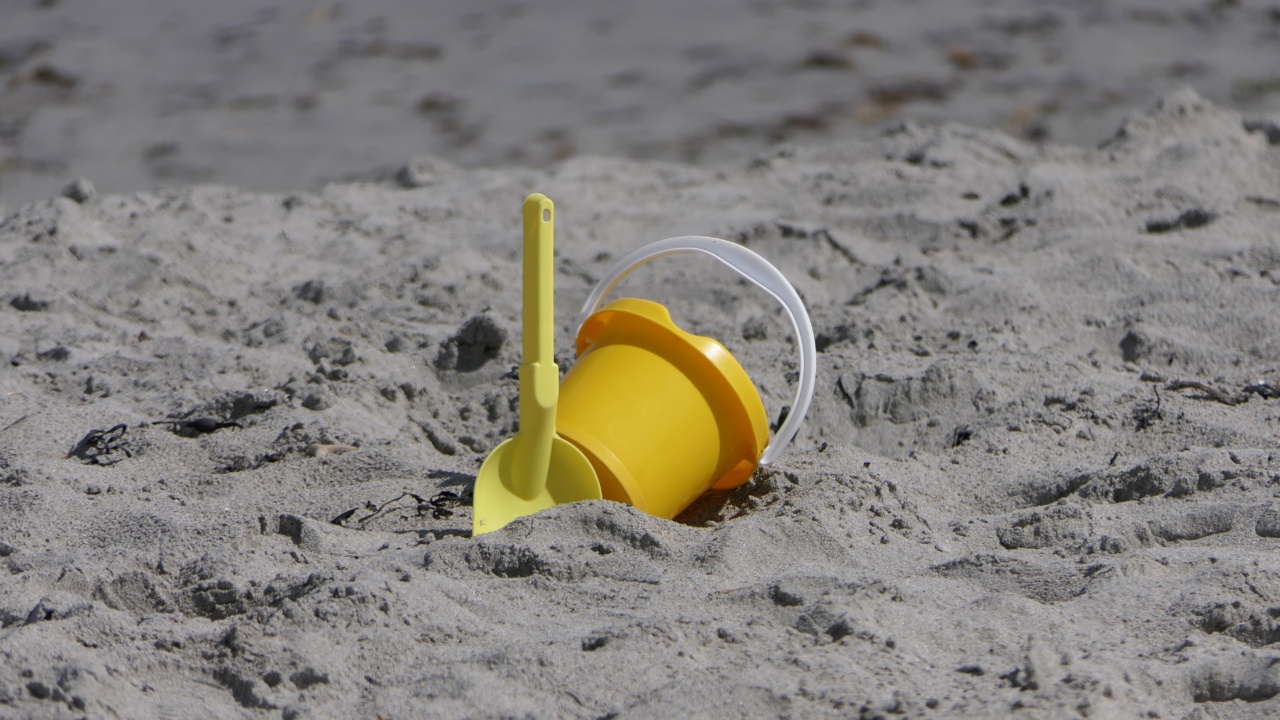As a parent, keeping your child safe and healthy is always a top priority. One of the most common health concerns faced by children is viral infections. These infections can cause a range of symptoms, from mild discomfort to more serious illnesses.
Fortunately, there are several steps you can take to protect your child from viral infections and promote their overall well-being.
1. Teach Proper Hand Hygiene
One of the most effective ways to prevent the spread of viral infections is through regular handwashing.
Teach your child to wash their hands with soap and water for at least 20 seconds, especially before meals, after using the restroom, and after coughing or sneezing. If soap and water are not available, encourage the use of hand sanitizer with at least 60% alcohol content.
2. Keep Vaccinations Up to Date
Vaccinations are essential in protecting children from various viral infections. Ensure that your child is up to date with their immunizations according to the recommended vaccination schedule provided by healthcare professionals.
Vaccines such as MMR (measles, mumps, and rubella), varicella (chickenpox), and influenza (flu) can greatly reduce the risk of these viral infections.
3. Promote Healthy Eating Habits
A strong immune system plays a vital role in fighting off viral infections. Encourage your child to eat a balanced diet rich in fruits, vegetables, whole grains, and lean proteins.
Provide them with plenty of water and limit their intake of sugary beverages and processed foods, as these can weaken the immune system.
4. Ensure Regular Physical Activity
Regular exercise is not only important for your child’s overall health but also for boosting their immune system. Encourage your child to engage in at least one hour of physical activity every day.
Activities such as biking, swimming, dancing, or playing sports can help strengthen their immune system, making them less susceptible to viral infections.
5. Practice Respiratory Etiquette
Viral infections often spread through respiratory droplets, which are released when an infected person coughs or sneezes.
Teach your child to cover their mouth and nose with a tissue or their elbow when coughing or sneezing to prevent the spread of germs. Discourage them from touching their face, particularly their eyes, nose, and mouth, as this can introduce viruses into their system.
6. Avoid Close Contact with Sick Individuals
If someone in your household or your child’s immediate environment is sick with a viral infection, take precautions to limit your child’s exposure.
Keep them away from the sick individual as much as possible and encourage them to maintain distance from others exhibiting symptoms of illness. Additionally, ensure that surfaces and objects frequently touched by the sick person are regularly cleaned and disinfected.
7. Encourage Sufficient Sleep
Adequate sleep is crucial for maintaining a strong immune system. Make sure your child gets the recommended amount of sleep according to their age. Establish a regular bedtime routine and create a calm sleeping environment to promote quality sleep.
Sufficient rest will help your child’s body fight off viral infections more effectively.
8. Teach Good Personal Hygiene Practices
In addition to handwashing, it is important to teach your child other good personal hygiene practices. Teach them to avoid sharing personal items such as towels, toothbrushes, and utensils with others.
Encourage them to use tissues or disposable wipes when wiping their face or hands, and to dispose of them properly immediately after use.
9. Keep a Clean Living Environment
Maintaining a clean and hygienic living environment can minimize the risk of viral infections. Regularly clean and disinfect frequently touched surfaces such as doorknobs, light switches, and countertops.
Ensure that your child’s belongings, including toys and school supplies, are kept clean as well.
10. Stay Informed and Seek Medical Advice
Stay updated on the latest information regarding viral infections from reputable sources such as the World Health Organization (WHO) or the Centers for Disease Control and Prevention (CDC).
If your child does develop symptoms of a viral infection, consult with a healthcare professional for appropriate advice and treatment.































